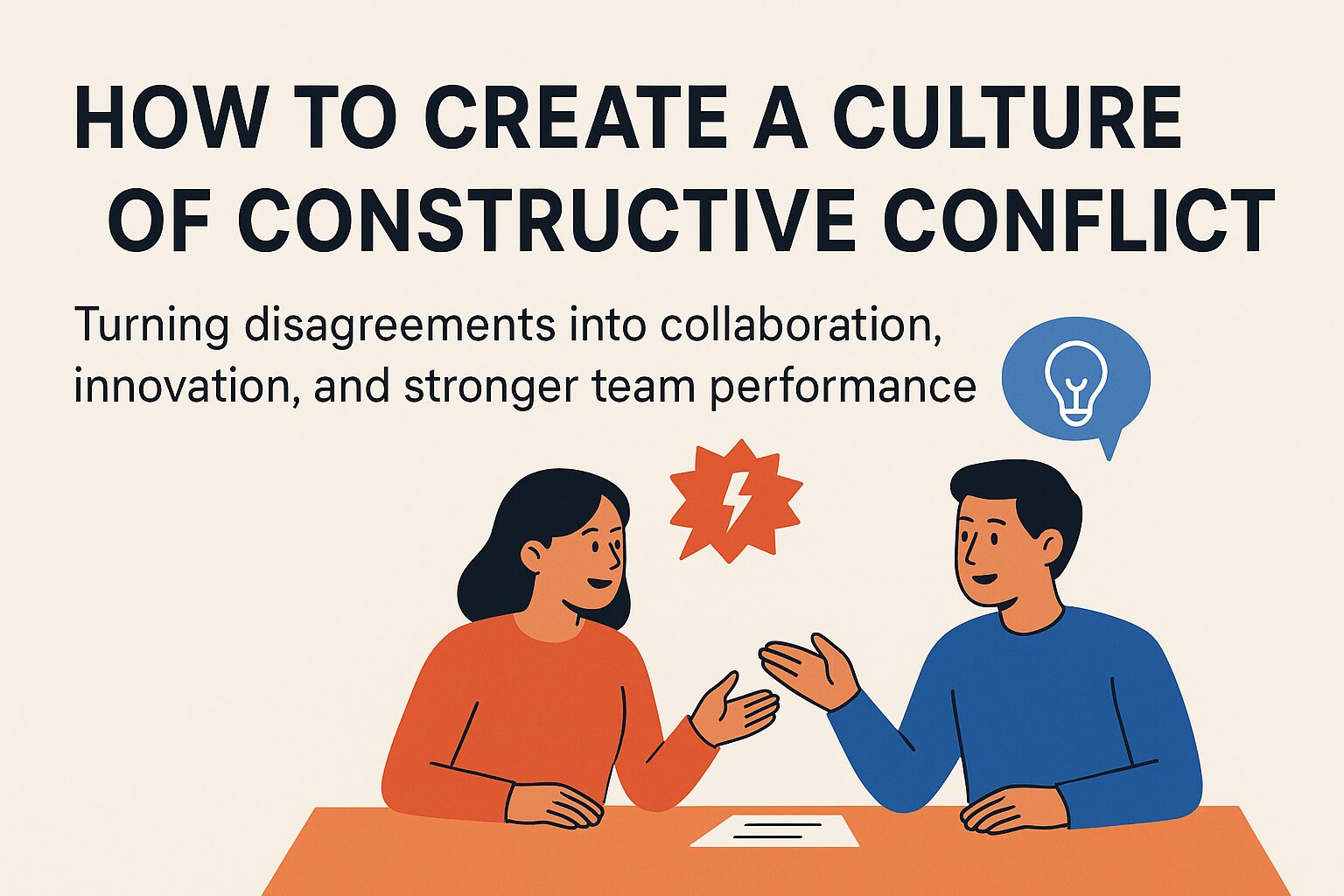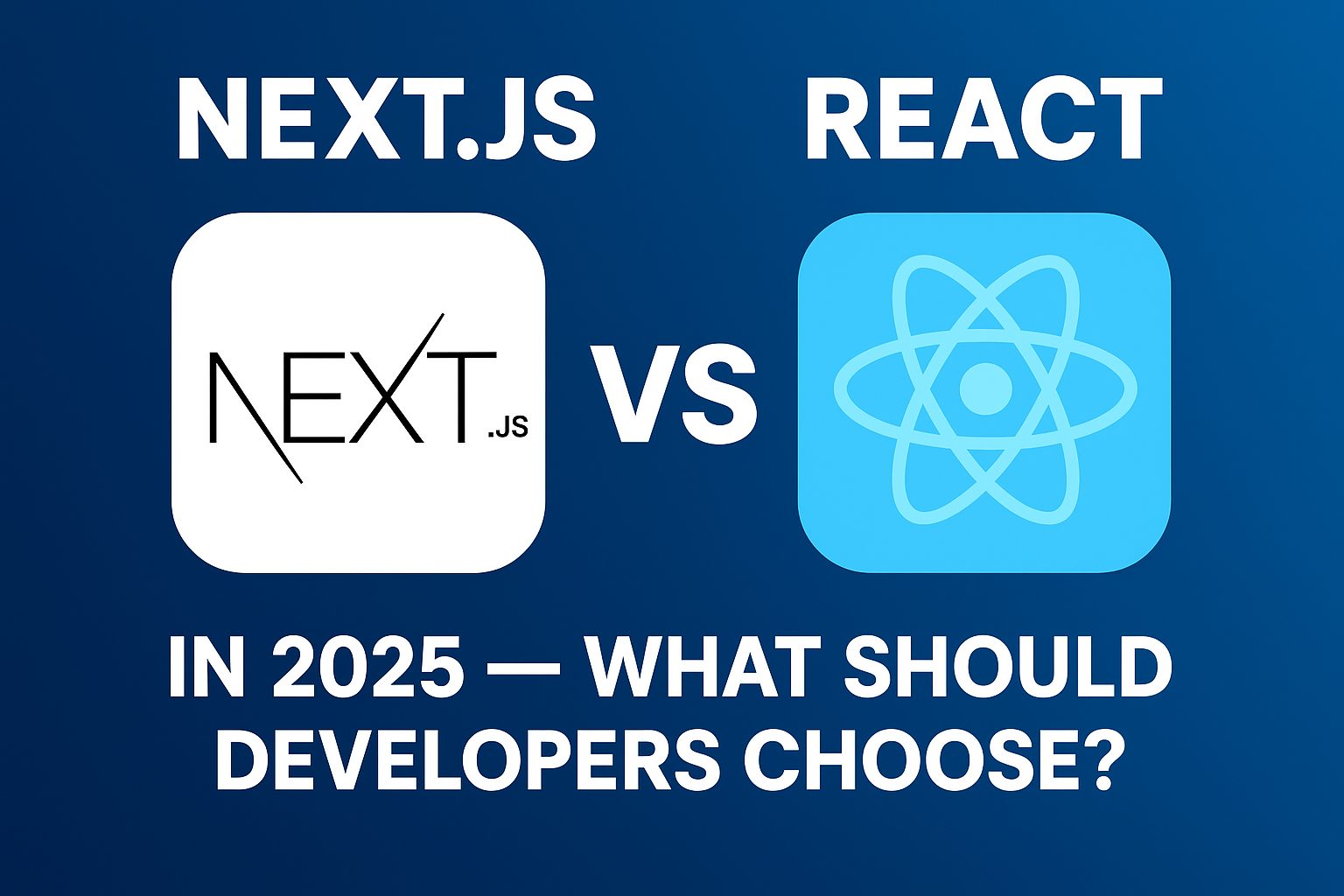Conflict is often seen as something to avoid, but in reality, not all conflict is harmful. In fact, when managed properly, conflict can be one of the most powerful drivers of creativity, problem-solving, and team growth. The key lies in fostering constructive conflict—the type of disagreement that focuses on ideas, solutions, and improvement rather than personal attacks or power struggles.
Creating a workplace culture where constructive conflict thrives doesn’t happen by accident. It requires intentional effort, leadership, and a commitment to building trust across the organization. Let’s explore why constructive conflict matters and how you can create an environment where it fuels innovation instead of division.
Why Constructive Conflict Matters
Many teams avoid conflict because it feels uncomfortable. But without healthy debate, organizations risk falling into groupthink, where everyone agrees simply to keep the peace. Groupthink stifles creativity, blinds teams to risks, and leads to poor decision-making.
Constructive conflict, on the other hand, allows people to:
- Challenge assumptions – Encouraging critical thinking ensures that ideas are tested from multiple angles.
- Promote innovation – Differing perspectives often lead to more creative solutions.
- Strengthen relationships – When handled respectfully, conflict builds trust and openness.
- Boost engagement – Employees feel valued when their voices are heard, even if their ideas aren’t adopted.
The goal is not to eliminate conflict but to transform it into a tool for growth.
Steps to Build a Culture of Constructive Conflict
1. Set Clear Expectations
Leaders must communicate that disagreement is not only acceptable but encouraged—provided it remains respectful and professional. Establishing ground rules such as “attack the problem, not the person” helps ensure that conflict stays constructive.
2. Build Psychological Safety
Employees need to feel safe sharing their opinions without fear of backlash. Psychological safety comes from leaders who listen without judgment, encourage participation, and model openness. When people know their input is valued, they are more likely to engage in honest discussions.
3. Train for Healthy Communication
Not everyone knows how to handle conflict productively. Offer training on communication skills, active listening, and emotional intelligence. Encourage team members to use “I” statements, ask clarifying questions, and focus on facts rather than assumptions.
4. Encourage Diverse Perspectives
Diversity of thought is essential for constructive conflict. Hire and empower people with different backgrounds, experiences, and skill sets. Make sure all voices are heard during discussions—sometimes the most innovative ideas come from those who see the problem differently.
5. Lead by Example
Leaders set the tone. When managers handle conflict calmly, listen actively, and show respect for opposing viewpoints, employees are more likely to follow suit. Leaders should also admit when they are wrong and demonstrate flexibility, reinforcing that conflict can lead to better outcomes.
6. Focus on Solutions, Not Blame
Conflict becomes destructive when the emphasis shifts from solving problems to assigning fault. Redirect discussions toward finding solutions, identifying lessons learned, and preventing issues from recurring. This mindset transforms conflict into a learning opportunity.
7. Celebrate Healthy Debates
Recognize teams or individuals who engage in constructive conflict effectively. Celebrating collaboration and innovative outcomes reinforces that conflict, when managed well, is a positive force.
The Benefits of Constructive Conflict Culture
When a culture of constructive conflict is in place, the organization experiences tangible benefits:
- Better decision-making – Multiple viewpoints lead to stronger strategies.
- Greater innovation – Teams push beyond “safe” ideas to explore new possibilities.
- Higher employee satisfaction – People feel respected and valued for their input.
- Stronger teamwork – Mutual respect deepens when teams overcome differences together.
Ultimately, constructive conflict creates resilience. Teams that can navigate disagreements effectively are better prepared to adapt in a fast-changing business environment.
Final Thoughts
Conflict is inevitable, but its outcome depends on how it is managed. By cultivating trust, encouraging open dialogue, and focusing on solutions, leaders can transform conflict into a powerful driver of growth and innovation. A culture of constructive conflict doesn’t just improve communication—it strengthens the entire organization.
Instead of asking, “How can we avoid conflict?” start asking, “How can we use conflict to make us better?” The answer may be the difference between a stagnant team and one that thrives.







